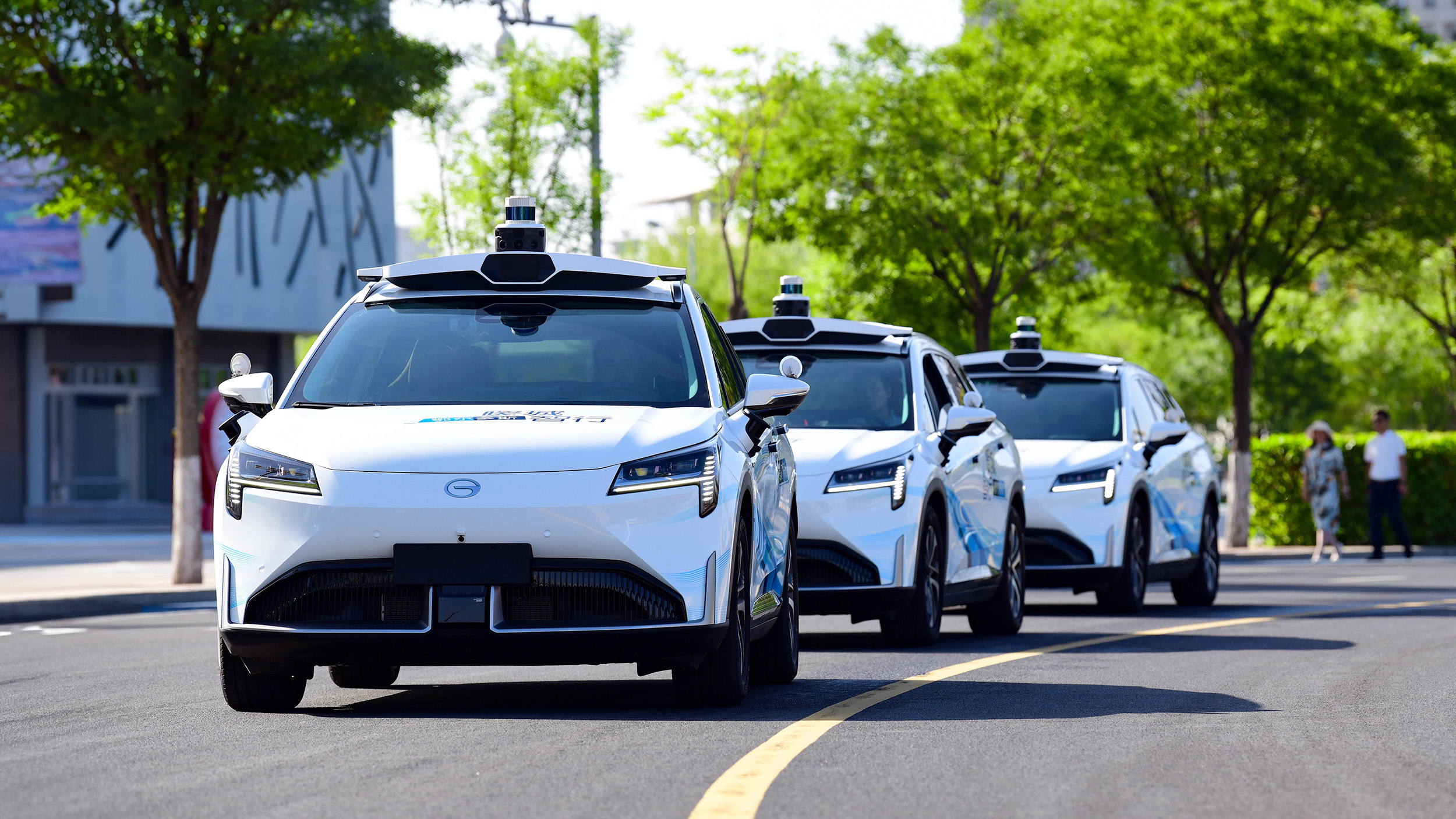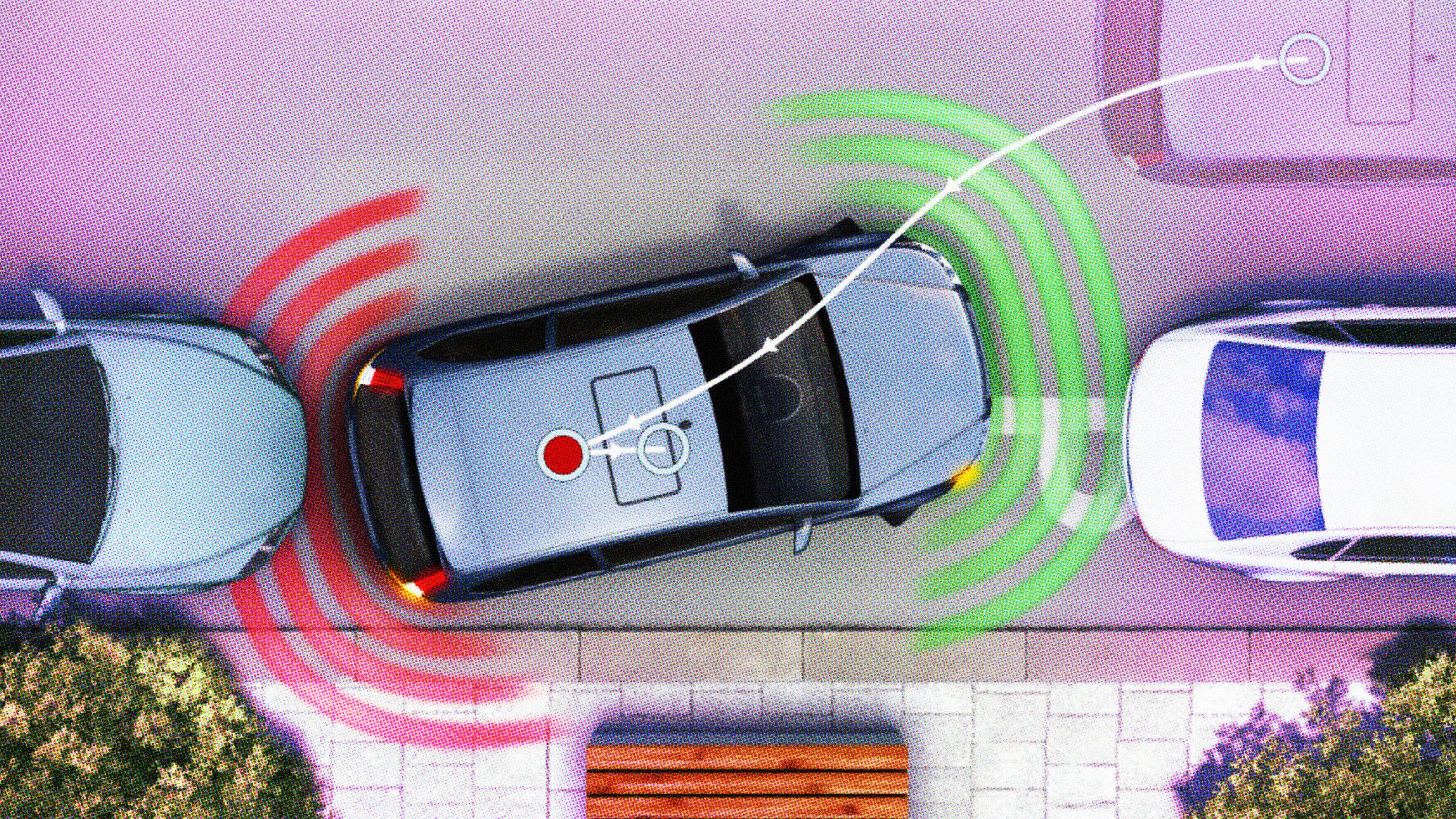Watch Tesla’s Autopilot Save a Driver from a Nasty Collision

Tesla’s Autopilot feature has been put to the test and there’s video footage to prove it.
It was a dark and stormy night, the driver going straight down the road at 45 mph when, all of a sudden, a vehicle turned in front of his car. Good thing he was in a Tesla equipped with the latest Autopilot software, or else there may have been an accident.
The poster wrote that he was “watching stopped traffic to [his] right” when the car turned in front of him. “I did not touch the brake. Car did all the work.”
However, this close shave doesn’t mean we should give ourselves over to our robotic chauffeurs. Tesla’s Autopilot is not a substitute for driving. The feature is not a reason to take your hands off the wheel to shave and butter your rolls with jam. It’s more of an advanced cruise control. However, some people have chosen to use it as a reason to clock out while driving, misusing the feature, and risking their own lives and the lives of others in the process. One second of inattention could be the difference between noticing that oncoming vehicle or not.
This idea was well-illustrated in National Geographic’s show Brain Games. In the episode, “Pay Attention” (around the 8:07 mark), narrator Neil Patrick Harris asks the viewer to count the number of things that change in an image after a second of black. The test “gives remarkable insight as to how much of the world you’re missing at any given moment,” Harris says.
What Tesla’s Autopilot is, is a tool people can use to make driving down the highway a more relaxing experience, but it requires supervision.
Brad Templeton likens the feature to the development of cruise control. “With regular cruise control, you could take your feet off the pedals, but might have to intervene fairly often either by using the speed-adjust buttons or full control,” he writes in his blog. “Interventions could be several times a minute. Later, ‘Adaptive Cruise Control’ arose, which still required you to steer and fully supervise, but would only require intervention on the pedals rarely on the highway. A few times an hour might be acceptable.”
It’s a numbers game, and Tesla is working toward reducing how often drivers will have to intervene.
Tesla’s system will no doubt encounter scenarios it didn’t expect, which is where you, the attentive driver, swoop in to correct the vehicle. We’re witnessing a coming-of-age story for autonomous cars and at this point in the story we are the parents. There will be stumbles during this period, but drivers are supposed to be watching to catch it when it does fail. Eventually, the data collected from these encounters will help to train the next generation of software updates that will bring humanity closer to the unmanned car. Tesla drivers are training the cars of 2020.
—
Natalie has been writing professionally for about 6 years. After graduating from Ithaca College with a degree in Feature Writing, she snagged a job at PCMag.com where she had the opportunity to review all the latest consumer gadgets. Since then she has become a writer for hire, freelancing for various websites. In her spare time, you may find her riding her motorcycle, reading YA novels, hiking, or playing video games. Follow her on Twitter: @nat_schumaker
Photo Credit: Jon Hall





